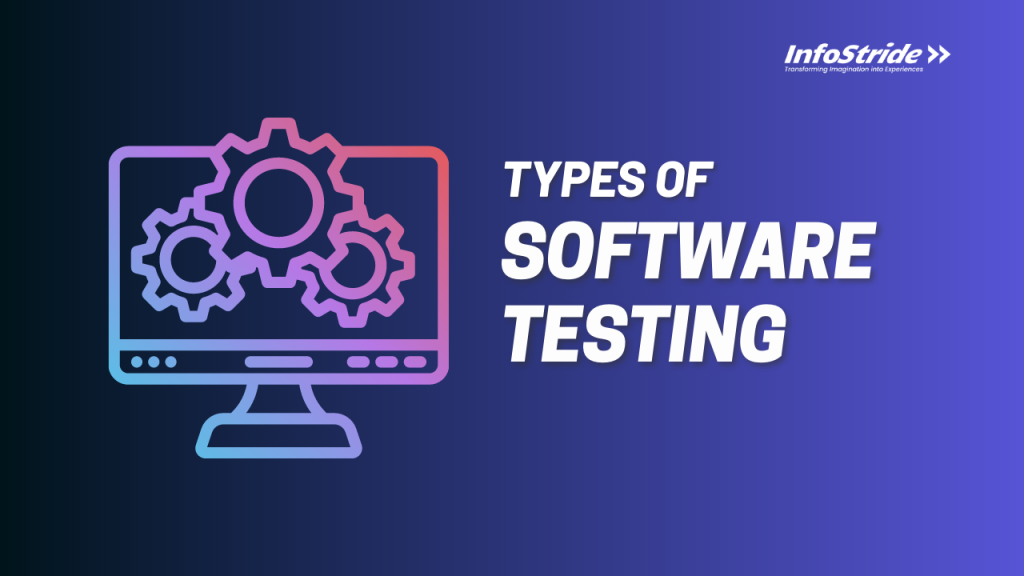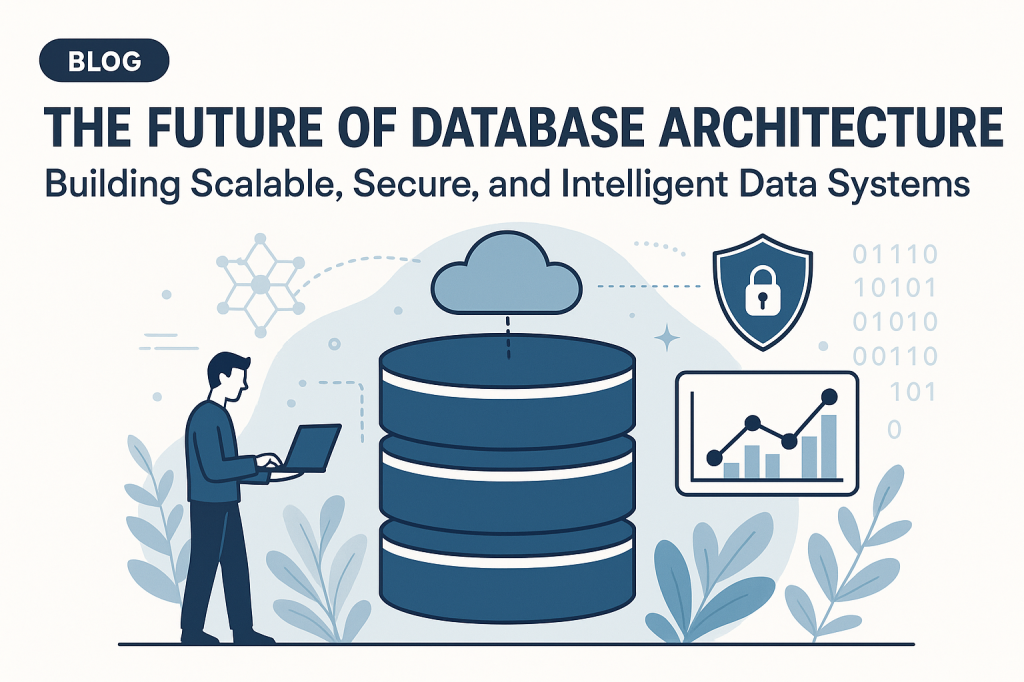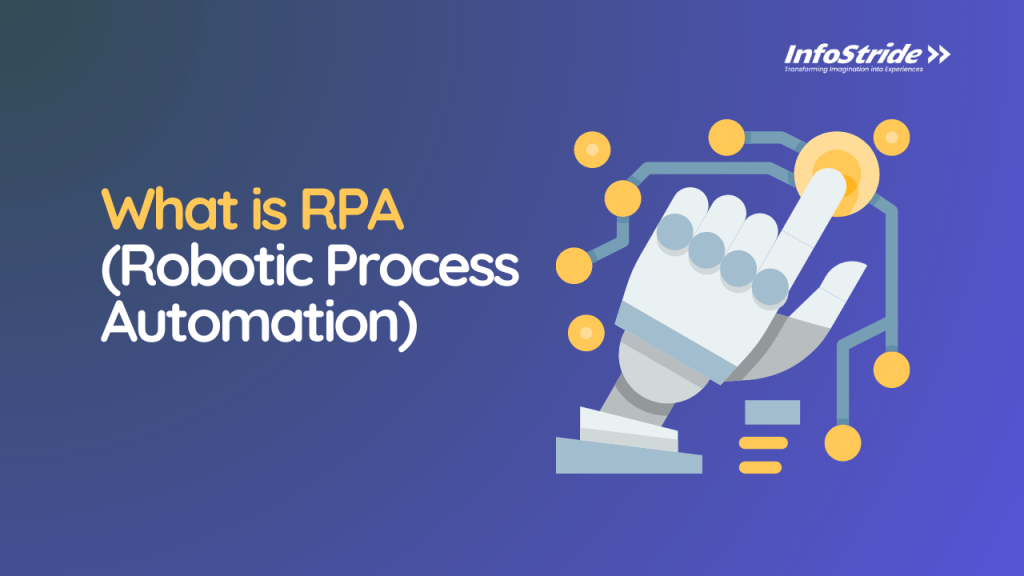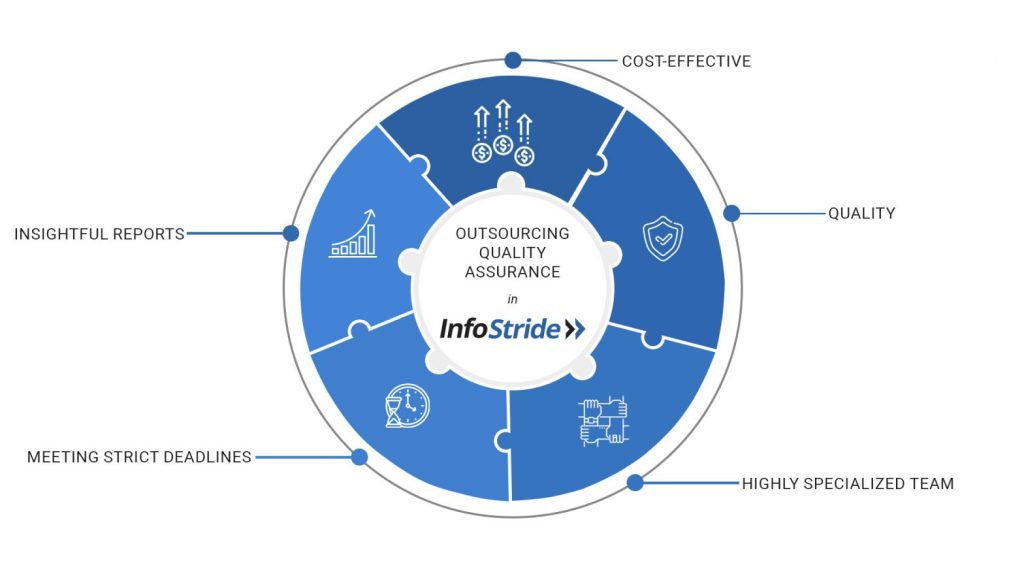Software testing is a critical part of the software development lifecycle (SDLC).
The primary purpose of software testing is to identify and fix bugs in a software product before it is deployed. If the bugs are left unresolved before deployment, they badly affect the business reputation.
Moreover, launching software without proper testing leads to significant financial losses.
In 2018, poor quality software costs companies $2.8 trillion in the US alone – according to the Consortium for IT Software Quality (CISQ).
Of course, you don’t want to be part of this statistic. Isn’t it, right?
If so, it’s imperative to give equal importance to the software testing phase of the SDLC. But there are several different types of software testing and each type has its own cadre of advantages and disadvantages.
This blog lists some of the common types of software testing that are used often to release quality software into the market.
But let’s first have a quick look at some numbers that show the demand and importance of software testing.
A Quick Glimpse at Software Testing Industry Statistics
- According to Global Market Insights Inc., the software testing market size clocked $40 billion in 2020 and is anticipated to grow at a CAGR of over 7% during the forecast period 2021-2027.
- Federal and state governments yield almost 20% of the demand for testing.
- 24% of businesses witnessed an instant rise in ROI once they adopted automated software testing.
- 88% of smartphone users would abandon an app if they experienced bugs or glitches.
Manual Testing Vs Automation Testing
Software testing is a vast domain and can be broadly categorized into two main parts: manual testing and automation testing.
Manual software testing is the process of testing a software or application without utilizing any available tools. In other words, the tester executes the test cases without the help of any automation tool available out there.
On the other hand, automation software testing is the process of testing a software or application with the help of some tools.
In automation testing, the tester leverages different automation testing tools and frameworks such as Selenium and Appium to automatically perform manual design test cases without any human engagement.
Today, companies use the right blend of manual and automation testing to ensure the fast deployment of glitch-free software and applications.
Three Major Types of Software Testing
Manual software testing can be further categorized into three different types of testing: white box testing, black box testing and grey box testing. Let’s learn about them in detail:
1. White Box Testing
Also known as transparent, glass box, open box, clear box and structural testing, white box testing is the process of inspecting the internal code or structure of a software or application.
This type of testing requires knowledge of programming as it focuses on analyzing the coding structure.
Thus, in white box testing, the developer typically inspects every line of code of an application before handing it over to the software testing engineers or testing team.
2. Black Box Testing
Black box testing is the process of testing the functionality of a software or application. This testing method doesn’t require knowledge of programming or internal code structure.
So, in this software testing, the tester interacts with an application or software just like an end-user to test its functionality. This helps identify bugs and errors that are generally overlooked in the earlier development stages.
Black box testing is further divided into two primary areas: functional testing and non-functional testing.
a) Functional Testing
Functional software testing is the process of inspecting the functional requirements of a software or application. For example: checking that it is possible to sign in using the right user credentials and not being able to sign in using the wrong user credentials.
There are further various types of functional testing; which include:
- Unit Testing
- Integration Testing
- Smoke Testing
- System Testing
- Regression Testing
- User Acceptance Testing
- Component Testing
- Sanity Testing
- System Testing
- End-to-End Testing
- Interface Testing
- Beta Testing
b) Non-Functional Testing
Non-functional software testing is the process of testing non-functional requirements of an application such as performance, usability and scalability.
Below are some types of software testing that come under non-functional include:
- Performance Testing
- Load Testing
- Stress Testing
- Scalability Testing
- Stability Testing
- Usability Testing
- Compatibility Testing
3. Grey Box Testing
Grey box testing is a combination of white box testing and black box testing.
So, this type of testing is performed by a tech professional with knowledge in both programming and testing. The purpose of the testing is to identify the bugs caused by any improper usage or structure of an application.
Different Types of Software Testing
Now, let’s have an overview of different types of functional and non-functional software testing and understand the purpose behind them.
1. Unit Testing
Testing of individual software components or modules is known as unit testing. To carry out this type of software testing, it is crucial to have programming or internal code knowledge. Thus, this sort of testing is typically performed by programmers and not by testers.
2. Integration Testing
In integration software testing, the different components, modules or units of an application are tested as a combined unit. The aim is to test whether the combined components are working fine together or not.
3. System Testing
System testing is the process of testing entire and integrated software against the specified requirements. It covers all integrated parts of the software.
4. End-to-end Testing
End-to-end testing is similar to system testing. It tests a complete application environment in a scenario that mimics real-work use – such as communicating with other hardware, applications or systems if required.
5. Regression Testing
Regression testing is done after making changes in any module, component or functionality. The main purpose is to verify that a change or addition doesn’t impact any existing functionality of the software.
6. Sanity Testing
Sanity testing is a subset of regression testing. It is done to test if a new module or functionality additions to an existing software build work as expected. If the sanity test fails, the software build is rejected to save time and costs in more rigorous testing.
7. Acceptance Testing
Acceptance testing is done by the users or customers to see if the software meets the business requirements and evaluate whether the software is acceptable for delivery to end-users or not.
8. Load Testing
It is a kind of non-functional testing in which the performance of the software is evaluated under a specific expected load. The purpose is to determine how the software responds when being accessed by multiple users simultaneously.
9. Stress Testing
Stress testing is a type of software testing that checks the software’s stability and reliability under extremely heavy load conditions.
10. Performance Testing
Often used interchangeably with load and stress testing, performance testing is done to see if the application meets performance requirements.
There are many tools available such as JMeter, LoadRunner and more to check the application’s performance and show the performance issues. By getting rid of those issues, you’ll be able to enhance the performance of your application.
11. Usability Testing
It is also a kind of non-functional testing that is done to check the user-friendliness of a software application. It is performed to see whether any user can easily use the software without any hassle.
12. Install/Uninstall Testing
This kind of testing is done to check whether the software application can be installed or uninstalled properly on different platforms.
13. Recovery Testing
Recovery testing is done to check how well a software application recovers from possible failures such as software crashes, hardware failures, network failures or other catastrophic problems.
14. Security Testing
Security testing is done to secure the software, application or website from interior and/or external dangers. The main aim is to find all the possible security threats and fix those errors to enhance the security of the application.
15. Compatibility Testing
Compatibility testing is done to see how the software application works across different environments. It checks for software compatibility with different browsers, platforms, operating systems and screen resolutions.
The main aim is to make sure that the application supports all environments to deliver an excellent user experience to all the targeted users.
16. Alpha Testing
It is a type of acceptance testing done by the internal team members to find all possible bugs and issues before delivering the product to the client or launching it. This test is performed early on, near the end of the development of the application and before beta testing.
The main goal is to refine the software application by identifying the glitches that were not found during the previous tests.
17. Beta Testing
Beta testing is carried out after alpha testing. It is done before the release of the product. It is performed by a limited number of real users of the software application in a real environment to make sure that the application is completely glitch-free.
Hire Expert-Vetted Software QA Testers from InfoStride
Whether you want to hire a solo software testing engineer or assemble a dedicated remote team of software QA testers, InfoStride has flexible and affordable engagement models to meet every business requirement cost-effectively.
Our software QA team possesses collaborative experience of more than 10 years delivering complete software testing services from functional testing to automated testing.
Some other benefits you can relish by engaging with InfoStride include:
- Access a talent pool of pre-vetted experts across different roles and tech stacks: developers, designers, manual testers, automation testers and many more.
- Engage with QA engineers ready to work in your time zone and on a monthly, hourly or project basis
- Ready to sign an NDA if requested
- Unmatched support for onboarding, training, infrastructure, administrative, payroll and compliance
- A dedicated account manager to keep you updated at every stage of your project for unparalleled transparency
To get started, share your requirements with us. One of our sales experts will get back to you with the profiles of software QA experts that match your requirement.
Conclusion
This blog has covered some of the major software testing types and techniques commonly used by developers and testers to ensure the quality of the software product.
Do you know any important ones that we missed?
Let us know in the comments below.
Few hands Picked Articles for you
THE AUTHOR
Infostride











